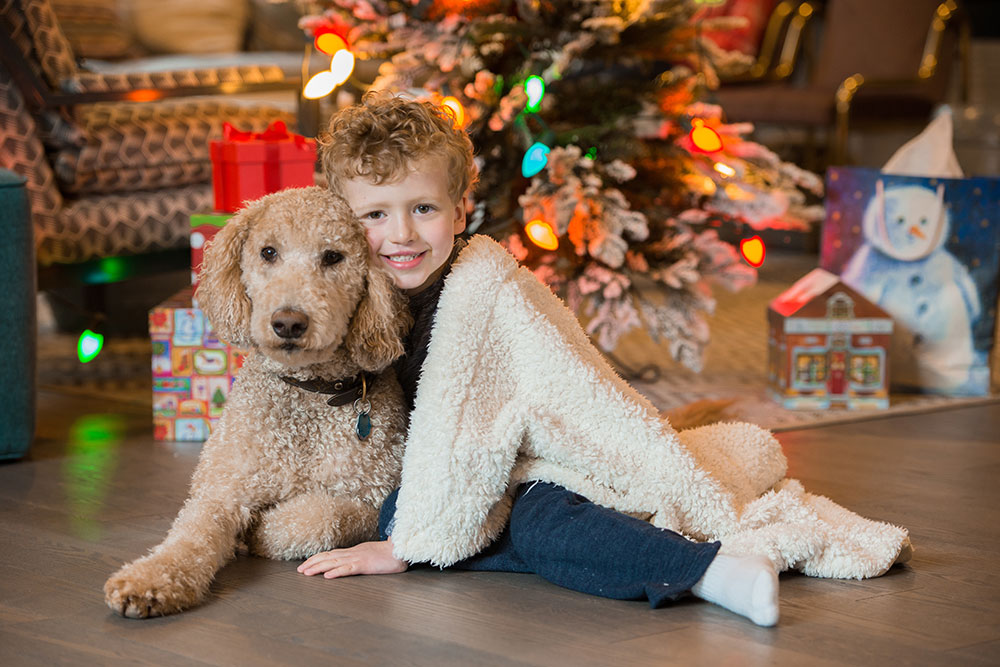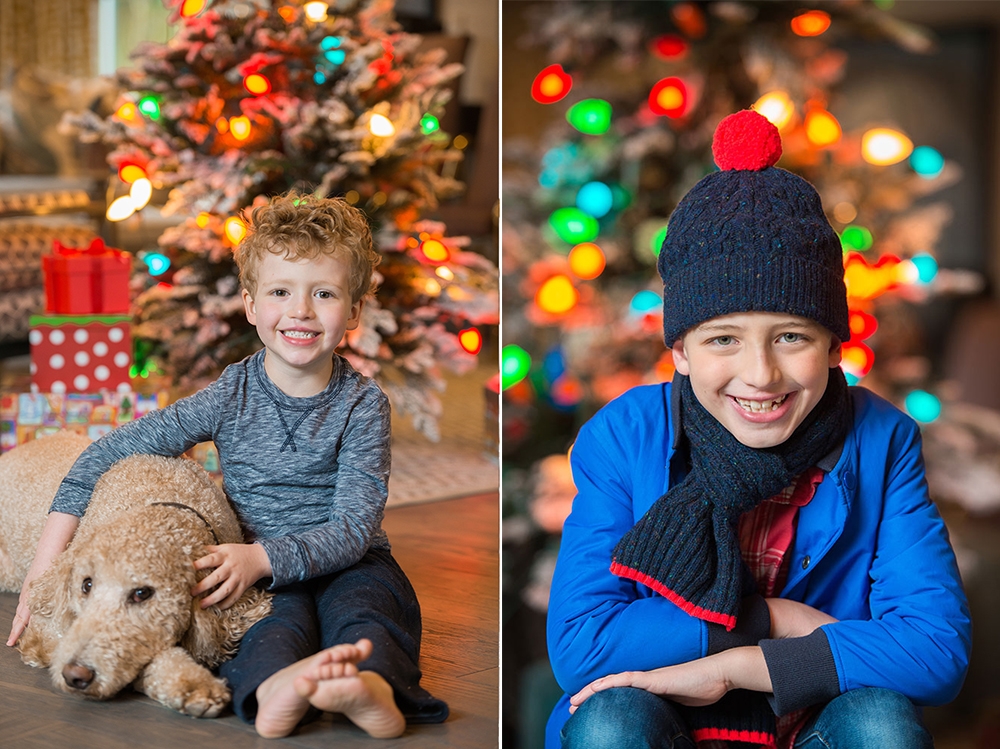Make Great Holiday Portraits This Year
Robin Layton, a Nikon Ambassador, has been taking pictures professionally for 30 years. “From the first time I picked up a camera, until now, I have only captured using Manual mode. The main reason: control over how my images look. The way I see it, if you don’t know how to control a camera, essentially your camera will be calling the shots.”
With the holiday season approaching, Layton shares how she will be creating memorable holiday photos of family and friends.
Use Auto Mode as a Starting Point
I prefer to capture in Manual, but for some, shooting in Auto mode meets their needs. Working in Auto mode may be fine if there’s not enough time to quickly determine and dial optimal settings for a spontaneous moment. Starting off in Auto is also a great way to begin learning how to create good photographs.
In Auto, the camera computes what it determines to be a balanced combination of settings for the situation. Take a few photographs. Do you like the results? Would you change anything? Maybe distractions in the background are too visible. Or perhaps your subject moved and there’s a touch of motion blur. Pick one of your images. Note what the camera determined for aperture, shutter speed, etc. and use these as a starting point for your venture into manual exposure control.
Now shift the dial from Auto to Manual. Duplicate exposure, aperture and other settings. Apply your knowledge and start experimenting. Try opening to a wider aperture to blur a background or speeding up the shutter to stop motion or expose longer for low light conditions. Trust me. Shooting on Manual mode is not as complicated as you think.
What you can control when in Manual mode:
-
ISO – You can control the amount of light that enters the camera and hits the sensor by adjusting the sensitivity (ISO). In other words, how bright or dark your image will be.
-
Aperture – You can control the depth of field. This means the clarity of details throughout your image/how deep your focus can go. This is another way of determining how much will be in focus within the frame.
-
Shutter Speed – You can control how quickly the shutter fires. Faster shutter speeds (1/1000, 1/500, 1/250 and 1/125 second) allow you to more sharply freeze motion from a fast moving object. Photograph the same subject with slower shutter speeds (1/2, 1/4, 1/8, 1/15 second) and you get a different look. A slower speed allows you to show motion in a creative way, or it can allow in more light. Either way, you’ll probably need a camera support like a tripod.
These principles apply whether you are working in low light or overly bright situations. Think of your camera as a tool able to capture your creative vision.
Manual Gets Personal
I have learned the technical aspects of camera operation, but the philosophy for my photography has always been, “Shoot with your heart, not your head.” Pour personality into your images. Vary the looks by trying different angles. In fact, just moving a little to the left or right, getting on a chair, or bending down low can make a huge difference. Some of the newer cameras, like the Nikon D5500, have an articulating LCD (flip out screen) that makes an active photographer’s job so much easier. These LCD screens assist with unique POV (point of view) capture via the Live View preview.
Use window light as the main light for your portraits.
Get down on their level for a unique point of view, like the photo on the left. Use a fast aperture, wide open, for a nicely blurred background, like the photo on the right.
The photos in this article were shot using the Nikon D800 and AF-S NIKKOR 70-200mm f/2.8G ED VR II telephoto, plus available light from an adjacent window for the indoor photos. I opted to work with a mid-range zoom because it produces such wonderful bokeh, or softly blurred background. My little subjects really stand out when captured at the lens’s widest maximum aperture.
In the image below, I wanted to keep the eyes in focus. Because I was working in such a shallow depth of field with a zoom lens, I precisely positioned the boy’s face so that it fell in the same plane as the dog’s face. This ensures that both his eyes, and those of the dog, are in focus. Telephoto lenses bring a great look to portrait work and Nikon has a wide variety of consumer zoom lenses. Options such as the AF-S DX NIKKOR 55-200mm f/4-5.6G VR II and the AF-S DX NIKKOR 55-300mm f/4.5-5.6G ED VR will work wonderfully for your indoor holiday portraits. If you have a lens like the AF-S NIKKOR 50mm or 85mm f/1.8G, you can blur the background even more so the subject really stands out.
To ensure both the boy and dog were sharp, they’re both placed on the same plane.
Finding the Light Indoors
I prefer to shoot using available light—you just can’t beat what nature provides. However, there will be times where the addition of just a little more illumination, or addition of sparkle into eyes, improves things. I incorporated a small LED handheld light, but your camera’s pop-up flash or a Nikon Speedlight positioned off camera or if mounted on the camera set to its “bounce” position will do the job nicely. Or try placing a small table lamp (soft light bulb or diffuse lampshade) on the ground so it fills the face.
For indoor photography I recommend using a tripod. You have a better chance at sharpness, especially when shooting at shutter speeds slower than 1/125 of a second. A final pointer—keep in mind that backgrounds may be as important as your subject, so having the camera locked down on a tripod will let you examine all of the elements in the scene to get to the best composition.
I encourage Auto shooters to take the leap and start experimenting with Manual mode. Once you get familiar with it you won’t believe the control you gain. It is truly the foundation of taking great photos.






